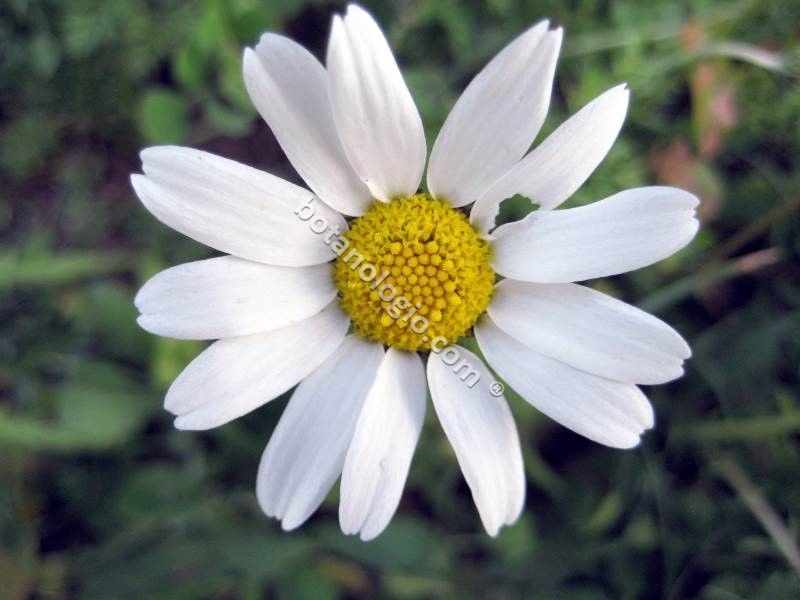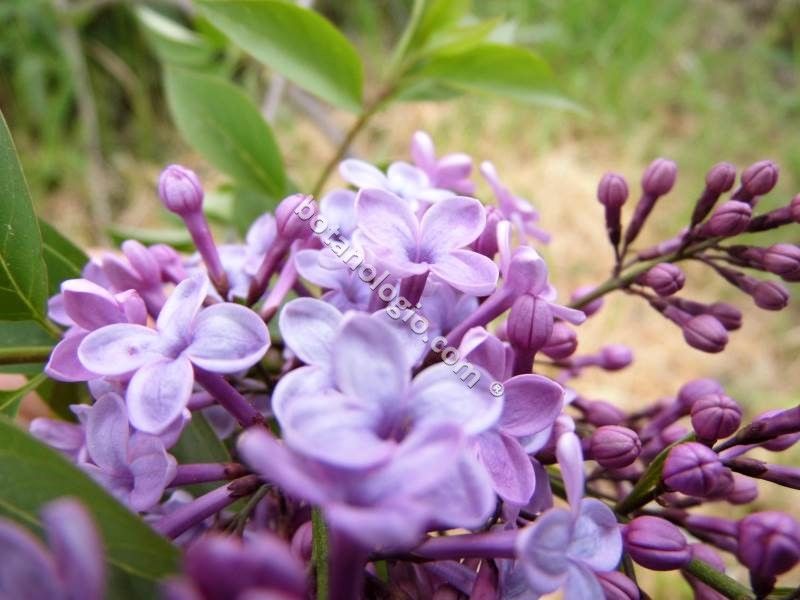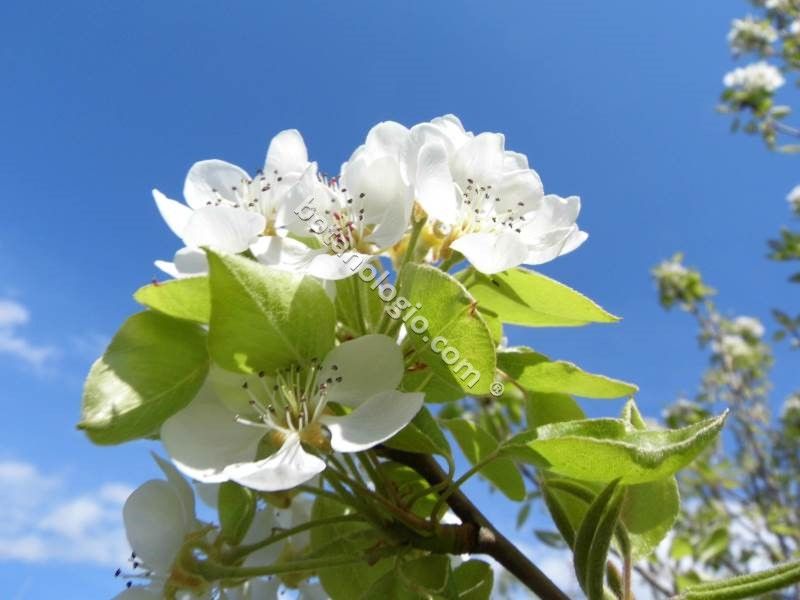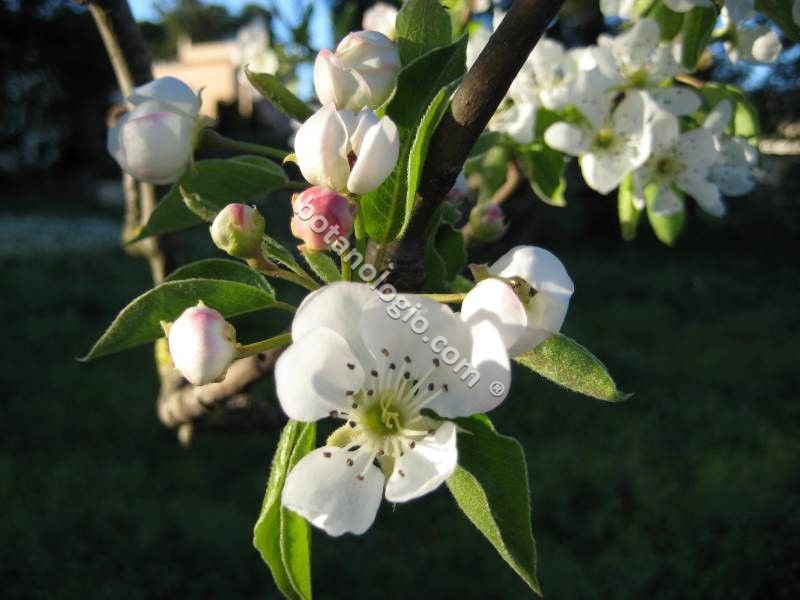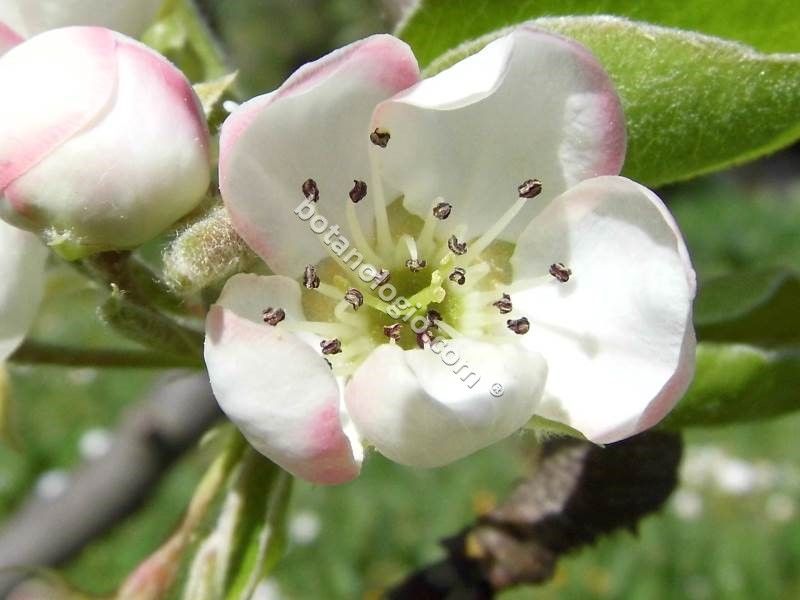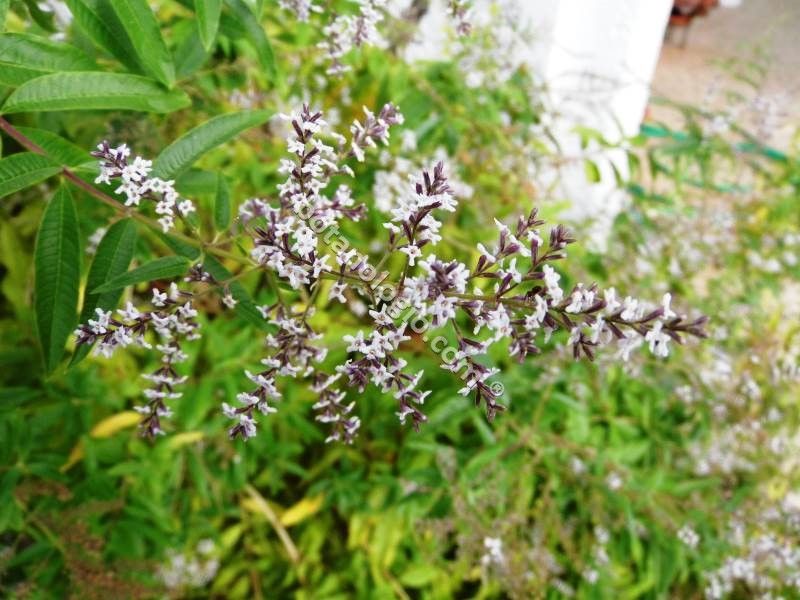Saffron collection and nutritional value

The saffron, also known in Greece as crocus of Kozani, is one of the native herbs of southern and eastern Europe and western Asia. As you already know, there are many native species of saffron in Greece, while it prefers the semi-mountainous areas. As it is a bulbous plant, it is a perennial and can reach a height of up to 25 cm.
Characteristic are its purple flowers with the three orange stamens that protrude in full bloom. The collection takes place in early autumn when the plant is in full bloom, and we carefully collect the stamens.
Saffron contains important substances for the healthy functioning of the body, such as vitamin A, folic acid, vitamin B6, vitamin C, iron, calcium, potassium, magnesium, essential oil, yellow pigment, bitter substance, saffronal, crocin, niacin and riboflavin. As lemon water and pollen are considered and are beneficial when consumed in the morning on an empty stomach, so is the water with saffron. Try soaking 3 saffron fibers in lukewarm water in the morning and consume. This way you get a plethora of beneficial ingredients easily and quickly!
In the trade you will find saffron as a spice but also as a dietary supplement. Due to its important antioxidant properties, and due to its nutritional value, saffron is on the list of the most expensive spices in the world.
Read more about the cosmetic uses of saffron and the healing properties of saffron!
essential oils, herb, herbal collection, herbs, herbs nutritional value, kozani crocus, Medicinal herbs, saffron, saffron nutritional value
